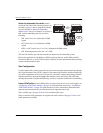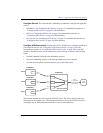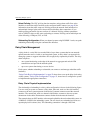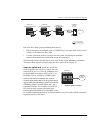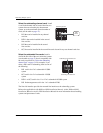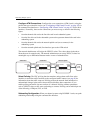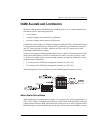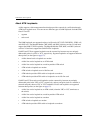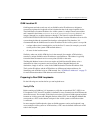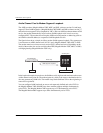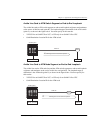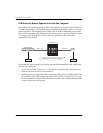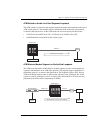
OAM Alarms and Loopbacks
58 Avidia System Configuration and Management User Manual
About ATM Loopbacks
Avidia supports a fault management function that provides connectivity verification through
ATM-layer loopback tests. You can run two different types of OAM loopbacks for both OAM
flows F4 and F5:
• segment
• end-to-end
The OAM loopbacks are supported on these Avidia cards: OC3, DS3, DS1/DSX-1, SDSL cell,
and ADSL cell. The Megabit Modem 700F, 600F, and 500L (software versions 2.6 and later)
support the OAM F5 flow loopbacks. The Megabit Modem 700F, 600F, and 500L (software
versions 2.8 and later) support the OAM F4 flow loopbacks.
OAM F4 and F5 flow segment loopbacks test the connectivity between any two uniquely
addressable points in a VPC or VCC, respectively. Segment loopbacks are supported between
these points (see the figure on page 57):
• Avidia channel card to loopback at a modem
• Avidia line card to loopback at an ATM switch
• Avidia line card to loopback at a node beyond the ATM switch
• ATM switch to loopback at a modem
• ATM switch to loopback at an Avidia line card
• ATM node beyond the ATM switch to loopback at a modem
• ATM node beyond the ATM switch to loopback at an Avidia line card
OAM F4 and F5 flow end-to-end loopbacks test the connectivity between any uniquely
addressable point in the VPC or VCC, respectively, and any end point (such as a modem or
network end point) where a VPC or VCC terminates. End-to-end loopbacks are supported
between these points (see the figure on page 57):
• Avidia line card to loopback at an ATM switch (when the VPC or VCC terminates at
the switch)
• Avidia line card to loopback at a node beyond the ATM switch
• Avidia line card to loopback at a modem
• ATM switch to loopback at a modem
• ATM node beyond the ATM switch to loopback at a modem



